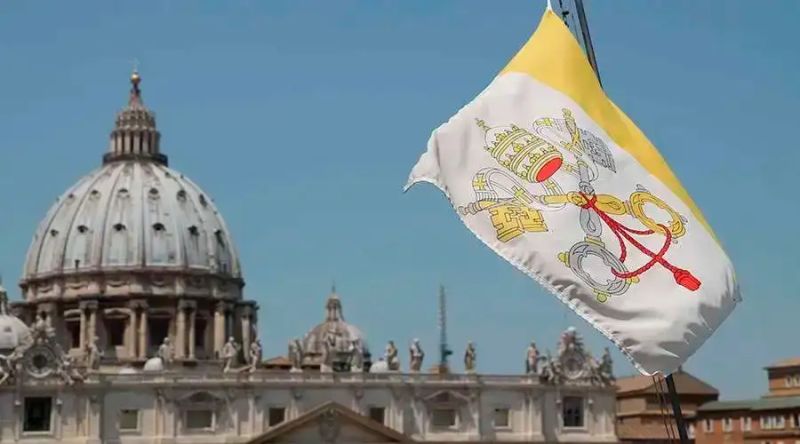From alcoholic to future saint: The inspiring conversion of Ireland’s Matt Talbot
Rome Newsroom, Jun 19, 2024 / 06:00 am (CNA).
Venerable Matt Talbot, an Irishman whose journey from alcoholism to the heights of holiness has inspired many who struggle with addiction, is being considered for sainthood in the Catholic Church.
After spending more than a decade of his life as an alcoholic, Talbot found strength in the Eucharist, the rosary, and confession to uphold a vow he made at the age of 28 to abstain from all alcohol and in the process cultivated a deep interior spiritual life that led some to dub him “an urban mystic.”
Father Selva Thomas, one of the Salesian priests who ministers at the Church of Our Lady of Lourdes in Dublin where Talbot is buried, says that many people grappling with alcoholism or drug addiction continue to come to Talbot’s tomb to pray nearly 100 years after his death.
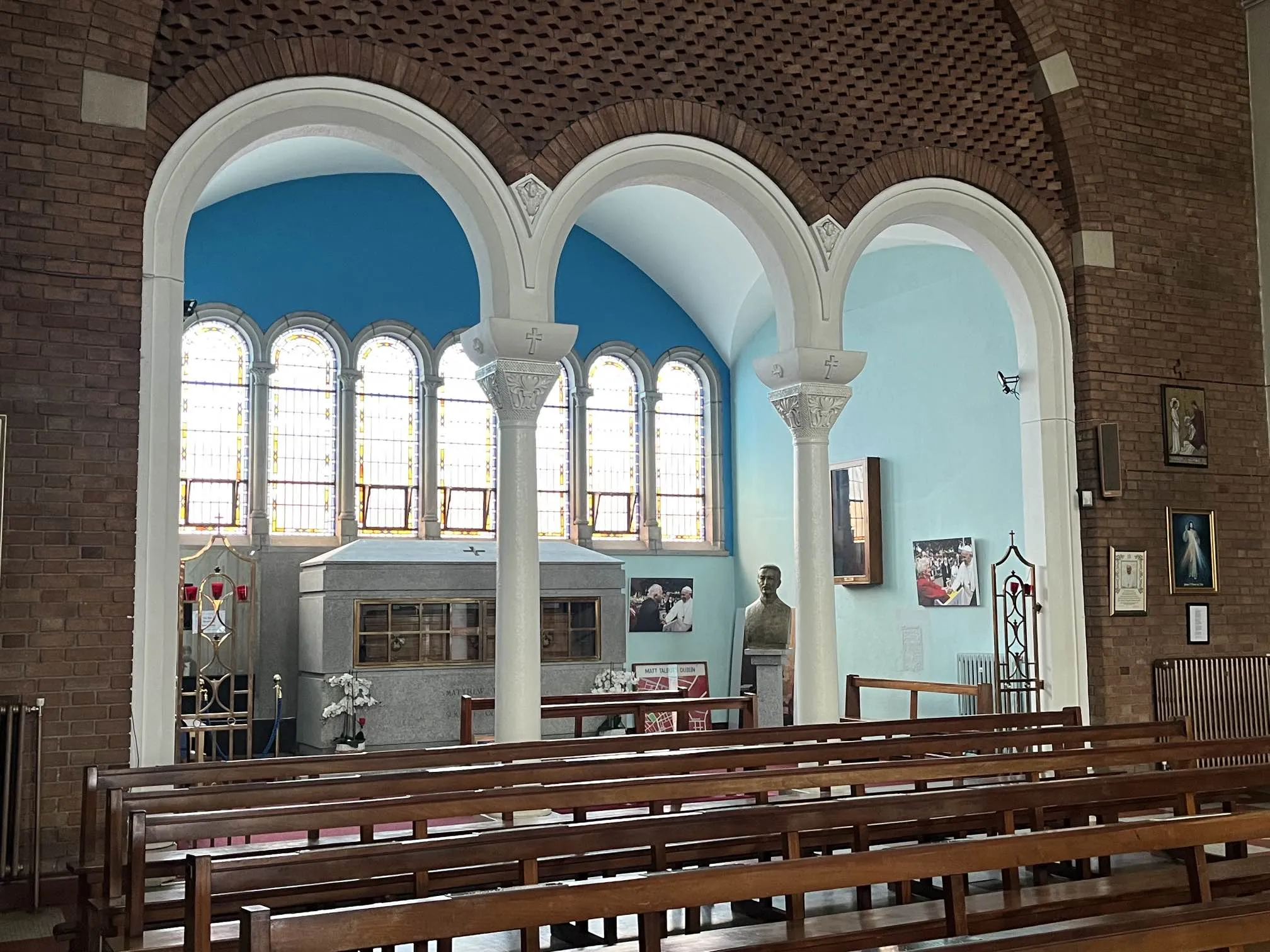
“Matt Talbot has become the source of inspiration for so many,” Thomas told CNA.
People feel that the Matt Talbot Shrine in central Dublin is a place where they can come and experience “spiritual rehabilitation as they undergo other forms of rehabilitation,” he added.
Talbot was born into a poor working class family in Dublin on May 2, 1856. He was the second of 12 children — nine who survived beyond infancy — and grew up surrounded by poverty and alcohol abuse in the wake of Ireland’s Great Famine.
He dropped out of school barely knowing how to read or write and began working for a wine merchant at the age of 12 where developed the habit of sampling the drink, often coming home drunk. By his early teens, Talbot had already developed a dependency on alcohol, which consumed him for the next decade.
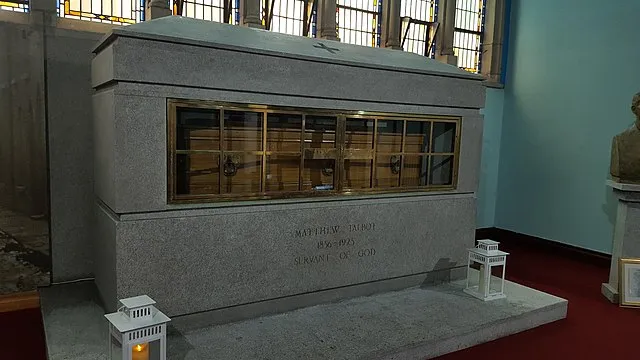
Despite holding various jobs as an unskilled laborer at the Dublin docks and later as a bricklayer, his wages were often squandered at the pub, leaving him in a state of destitution and despair.
The turning point came in 1884, when, at the age of 28, Talbot, penniless and humiliated after being refused credit, vowed to change his ways. He went to confession and made a solemn pledge to abstain from alcohol for three months. This initial pledge was the first step in a journey of lifelong sobriety, which was underpinned by a profound spiritual conversion.
Amid the difficulties of withdrawal, Talbot turned to prayer and found solace in the real presence of Jesus in the Eucharist as well as the rosary. He eventually embraced a life of prayer, penance, and dedication to the Church. He joined many prayer groups and confraternities, which provided a strong sense of community. He became one of the first members of the Pioneer Total Abstinence Association of the Sacred Heart after it was founded in Dublin in 1898.
With Talbot’s newfound sobriety, he was finally able to learn how to read and write, which allowed him to deepen his faith. He read biographies of St. Catherine of Siena, St. Vincent de Paul, St. Philip Neri, St. Thomas More, and many more saints, as well as “The Practice of Perfection and Christian Virtues” by St. Alphonsus Rodriguez, “Growth in Holiness” by Father Frederick William Faber, and “True Devotion to Mary” by St. Louis de Montfort.
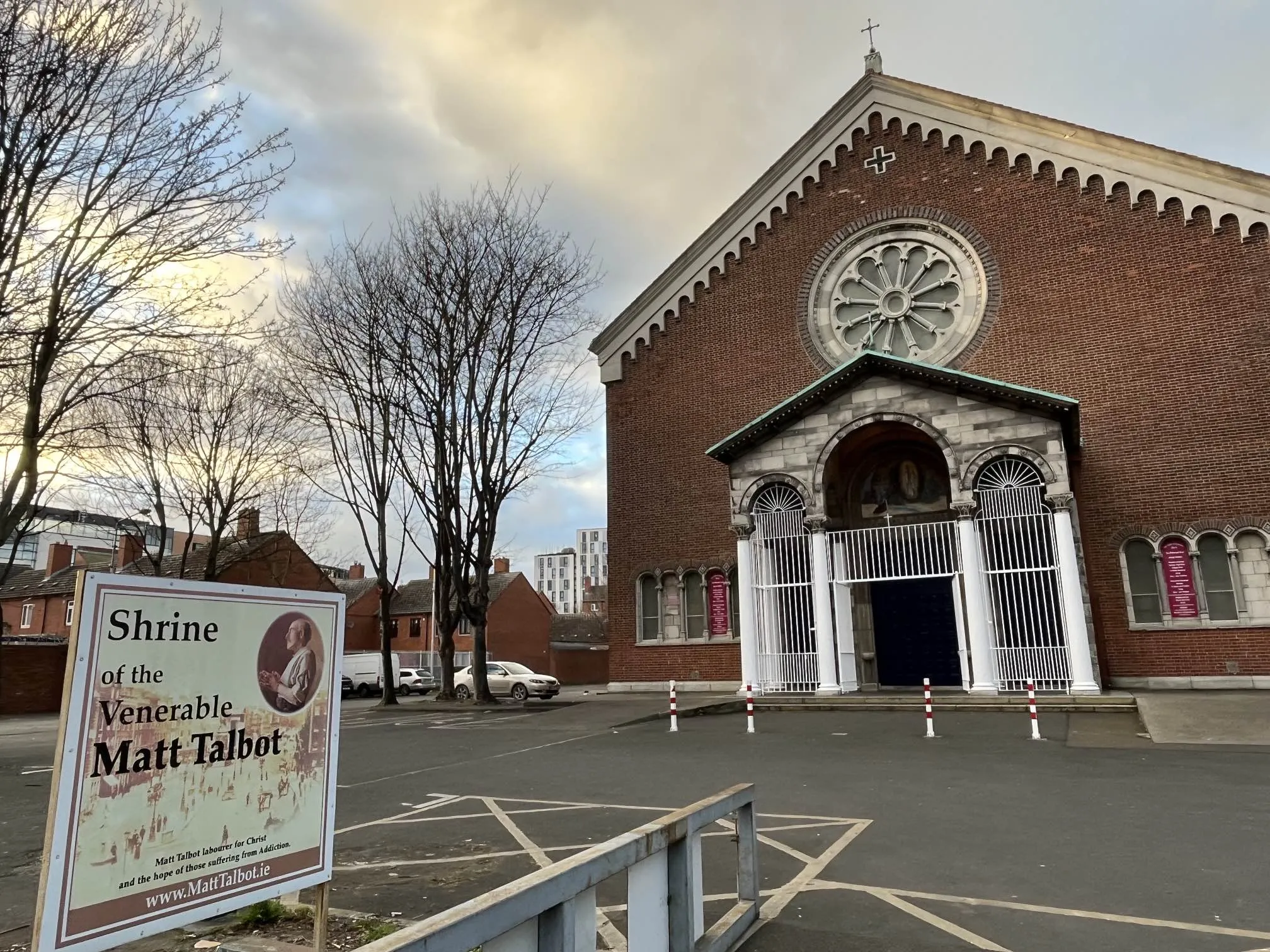
Talbot was “a poor man who lived an extraordinary kind of focused life,” according to Father Hugh O’Donnell, who has served at the Matt Talbot Shrine for 20 years.
O’Donnell told CNA that even as Talbot continued working in a tough environment down on the docks he was “always focused on the divine.”
“Prayer was like breathing for him,” O’Donnell said. “It wasn’t an effort. It was what he loved to do.”
“He was able to do his work, but every time there was a lull in his work … he’d be either reading or praying,” he added.
For the last 35 years of his life, Talbot was a member of the Third Order of St. Francis, or Secular Franciscans. He rose early to attend daily Mass before he began work at 6 a.m. He embraced the ascetic traditions of the early Irish monks, taking on many personal penances.
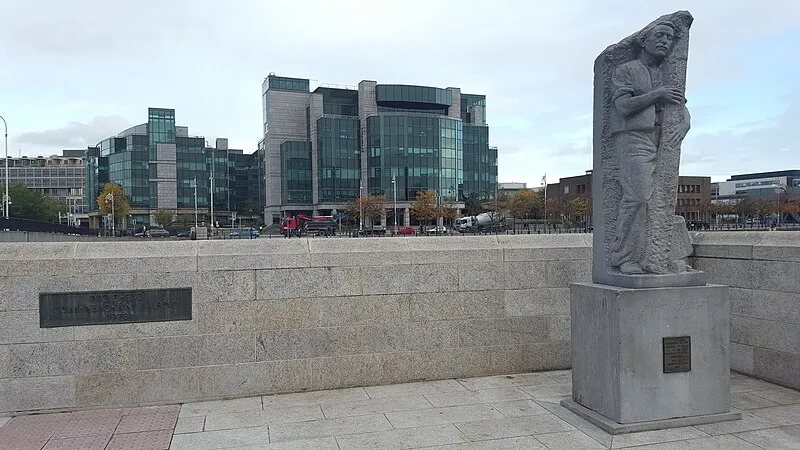
“He slept on a couple of planks which he had by the side of his bed and a little block of wood that he rested his head on, which must have been awful,” O’Donnell said.
“He seemed to manage to be able to work a full day doing physical labor on a very small amount of food, which always struck me as some kind of connection with the Eucharist,” he added.
Talbot’s death on June 7, 1925, was as humble as his life. Collapsing on a Dublin street on his way to Mass for Trinity Sunday, he was taken to a hospital where he was pronounced dead. It was only then that the extent of some of his penances became known, revealing secret chains he had worn as acts of devotion.
The Franciscans recall Talbot’s memory each year on June 19. Next year will mark the 100th anniversary of Talbot’s death. His legacy is one of hope.
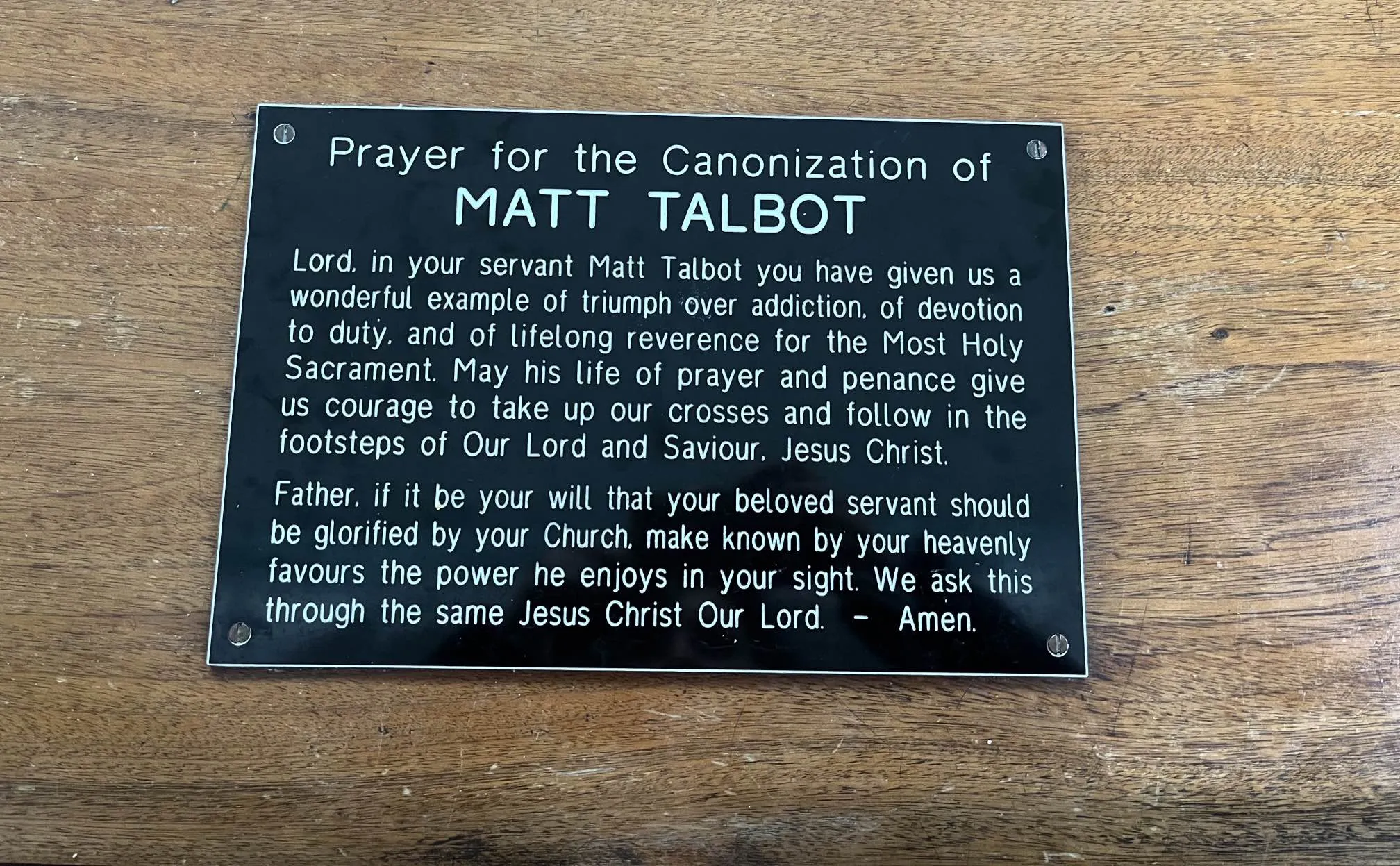
Talbot’s story has inspired many people battling addiction, serving as a testament to the possibility of recovery, redemption, and the human capacity for change, regardless of past mistakes.
The Salesian priests at the Matt Talbot Shrine hold a special Mass on the first Monday of every month offered for people struggling with addictions and their families. Many churches and cathedrals throughout Ireland now also offer a Mass at the same time for this intention.
The Matt Talbot Prayer Society prays daily for its enrolled members to be freed from addictions, including alcohol, drugs, pornography, gambling, eating, and smoking, through Talbot’s intercession.



